The Graves section in Bordeaux is home to Sauternes, a French sweet wine made from Sémillon, sauvignon blanc, and muscadelle grapes that have been affected by noble rot, also known as Botrytis cinerea.
This process causes the sauternes grapes to partially raisin, creating a unique and concentrated flavor. Sauternes benefits from its climate, which allows for frequent noble rot infections of the grape bunches, but production can be unpredictable with varying harvests from year to year for sauternes sweet wine.
Where is Sauternes Wine Produced?
Sauternes, a sweet wine variety produced in the the Bordeaux wine region of France, is known for its distinct flavor profile and unique production process. The grapes used to make Sauternes are grown in a specific area within the Bordeaux region, known as the Sauternais. This area is located south of the city of Bordeaux and spans approximately 2,200 hectares.
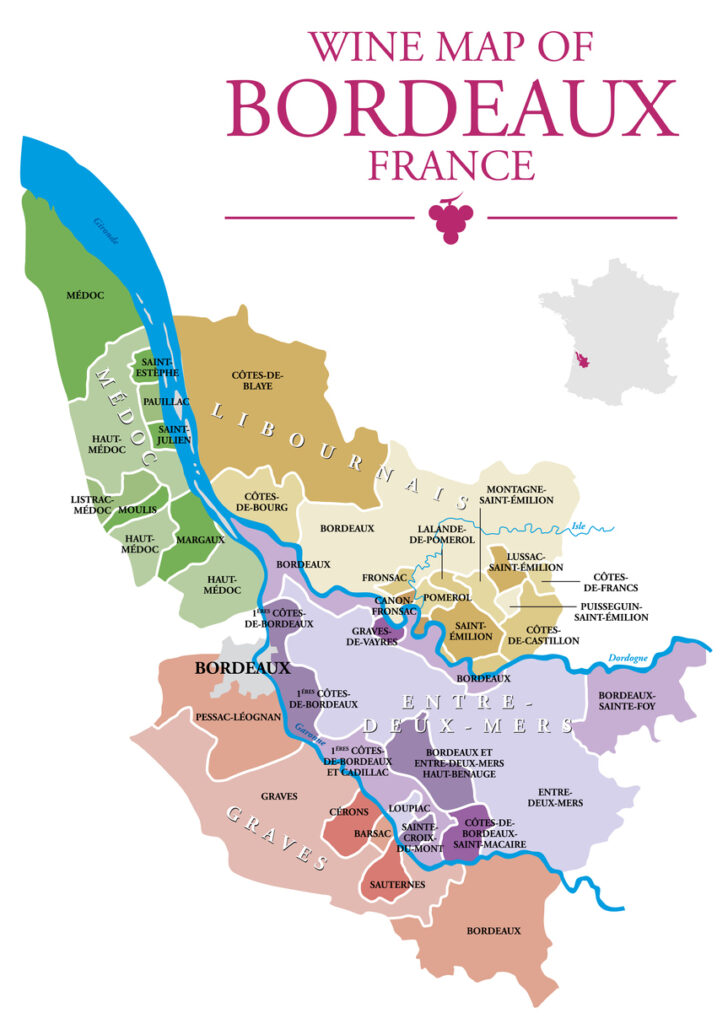
The Sauternais is characterized by its rolling hillsides and proximity to two rivers: the Garonne and Ciron. These rivers play an important role in creating ideal growing conditions for the grapes used to make Sauternes.
During autumn mornings, mist from the Ciron river settles over the vineyards creating a humid environment that encourages botrytis cinerea fungus growth on the grapes for sauternes sweet wine. This fungus causes dehydration which concentrates sugar levels in each grape.
What Kind of Wine is Sauternes?
Sauternes is a type of sweet wine that comes from the Bordeaux region in France. It is made from grapes that have been affected by a fungus called Botrytis cinerea, also known as “noble rot.” This fungus causes the grapes to shrivel and concentrate the residual sugar content, resulting in the sweet sauternes with its complex flavor.
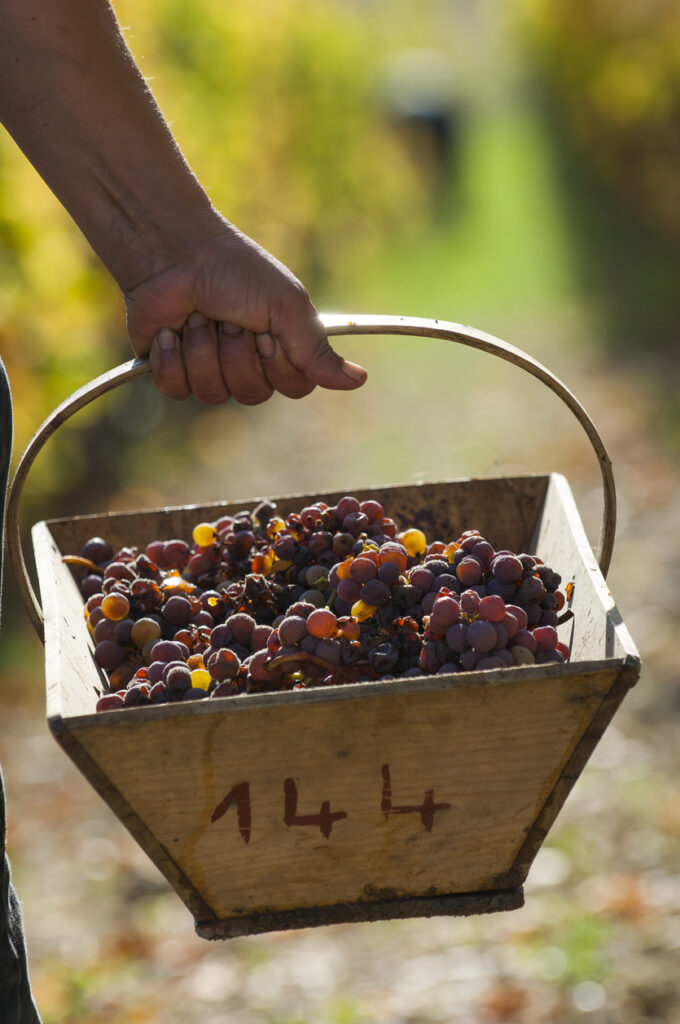
The primary grape variety used in Sauternes is Semillon, although Sauvignon Blanc and Muscadelle are also sometimes blended in smaller quantities. The sauternes wine has a golden color and aromas of honey, lemon tart apricot, and dried fruits. On the palate, sauternes wine is rich and luscious with flavors of caramel, vanilla, and spice.
Sauternes pairs well with foie gras, blue cheese, or desserts such as crème brûlée or fruit tarts.
Why is Sauternes so Expensive?
Sauternes is a luxurious, sweet white wine that comes from the Sauternais region in Bordeaux, France. It is made using grapes that have been affected by Botrytis cinerea or “noble rot.” This fungus causes the grapes to dry out and concentrate the sugars, resulting in a rich and complex flavor profile. But what makes Sauternes so expensive?
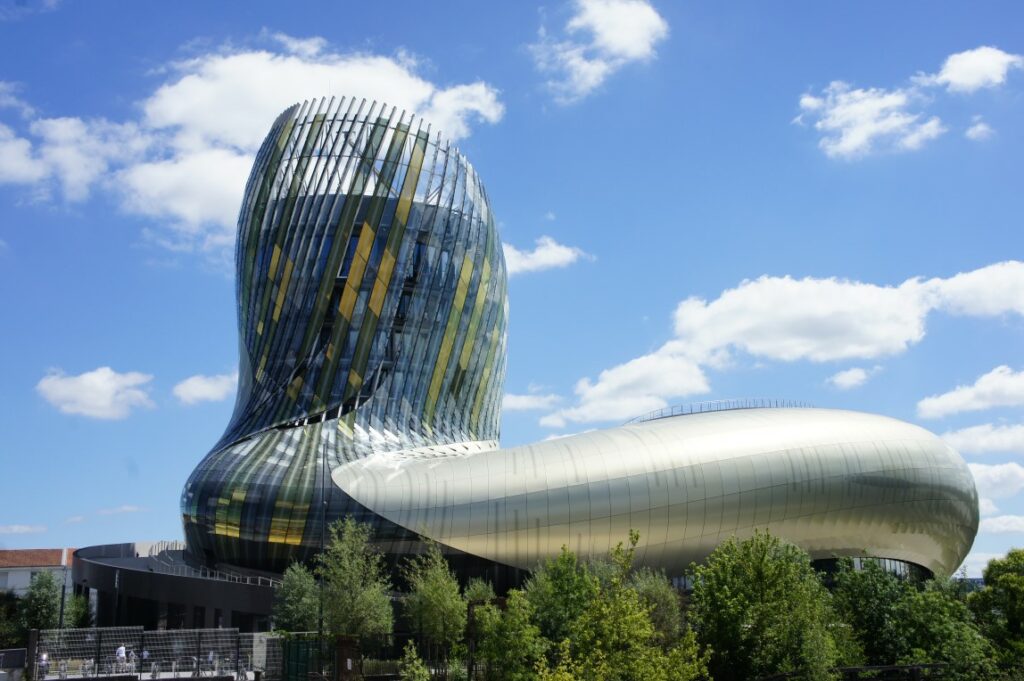
Firstly, it’s important to note that making Sauternes sweet wine is a labor-intensive process. The grapes are picked by hand and only those which have been infected with noble rot are used. As they’re harvested at different times, this means that multiple passes through the vineyards are necessary to late harvest them.
In addition, each grape requires careful handling as they can easily break apart due to their high sugar concentration.
For high value wines like the Chateau d`Yquem it surely is the prestige character. To open up markets for these high priced dessert wines a lot of winemakers started to offer half bottles (375 ml) to allow more people to taste their exceptional dessert wines.
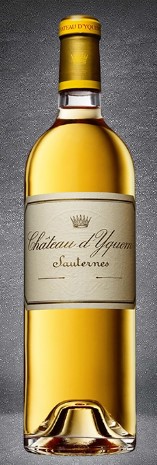
How do you drink Sauternes?
To begin with, when drinking wine it is important to serve sauternes sweet wine at the correct temperature. The ideal serving temperature for this French wine is between 10 and 12 degrees Celsius (50-54°F). It can be achieved by placing the bottle in the fridge for at least an hour before opening it. Once chilled, sauternes should be poured into small glasses or flutes, rather than larger ones typically used for reds or whites.
The lower temperature reduces the sweetness of the Sauternes wine to put it into perfect balance with the aroma of toasted baking spices and the special flavor of this french wine.
What are the 3 grapes of Sauternes?
Sauternes is a region in France known for producing some of the world’s finest sweet wines. The sauternes region’s vineyards are planted with three grape varieties that form the backbone of Sauternes wines: Sémillon, Sauvignon Blanc, and Muscadelle.
These grapes are cultivated specifically for their ability to develop noble rot. It is a fungus that causes the grapes to dehydrate and concentrate their sugars, creating the signature flavor profile of Sauternes wines.
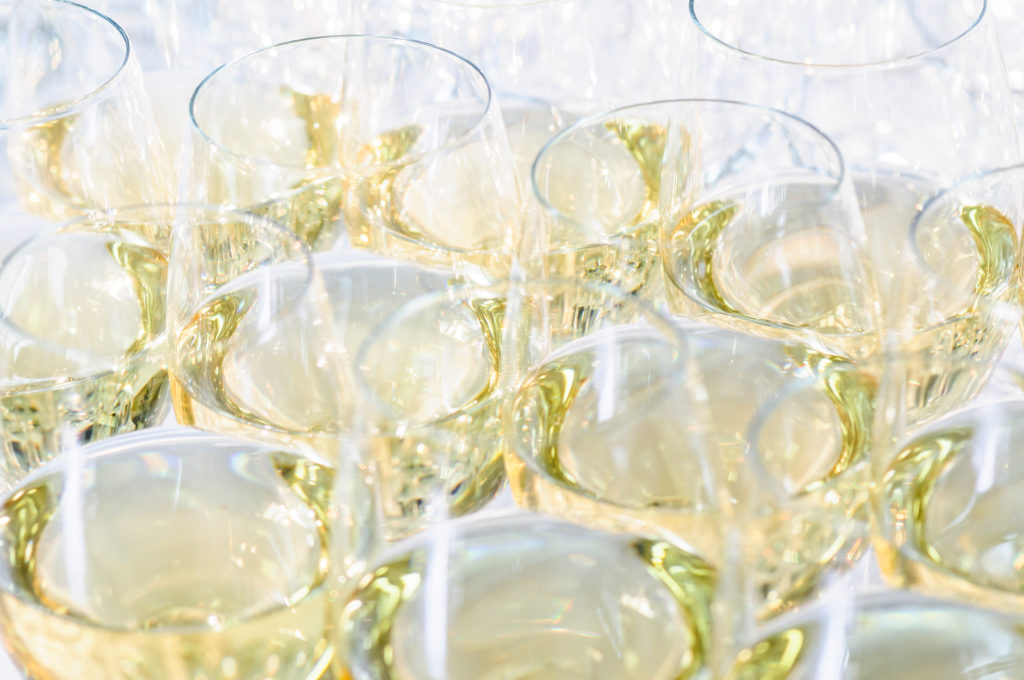
Role of the 3 Grapes in Sauternes Wine
Sémillon is the most widely-planted grape variety in Sauternes sweet wine, accounting for around 80% of all plantings. It has a thick skin and high sugar content, making it ideal for developing botrytis cinerea or noble rot.
Role of Sémillon
Sémillon grapes are a key ingredient in Sauternes sweet wines, which are globally renowned for their sweet, luscious taste. Grown primarily in the Bordeaux region of France, this grape variety is known for its thin skin and early ripening cycle. Because of these characteristics, Semillon grapes tend to be susceptible to botrytis cinerea or “noble rot,” which is responsible for the unique flavor profile that defines Sauternes wines.
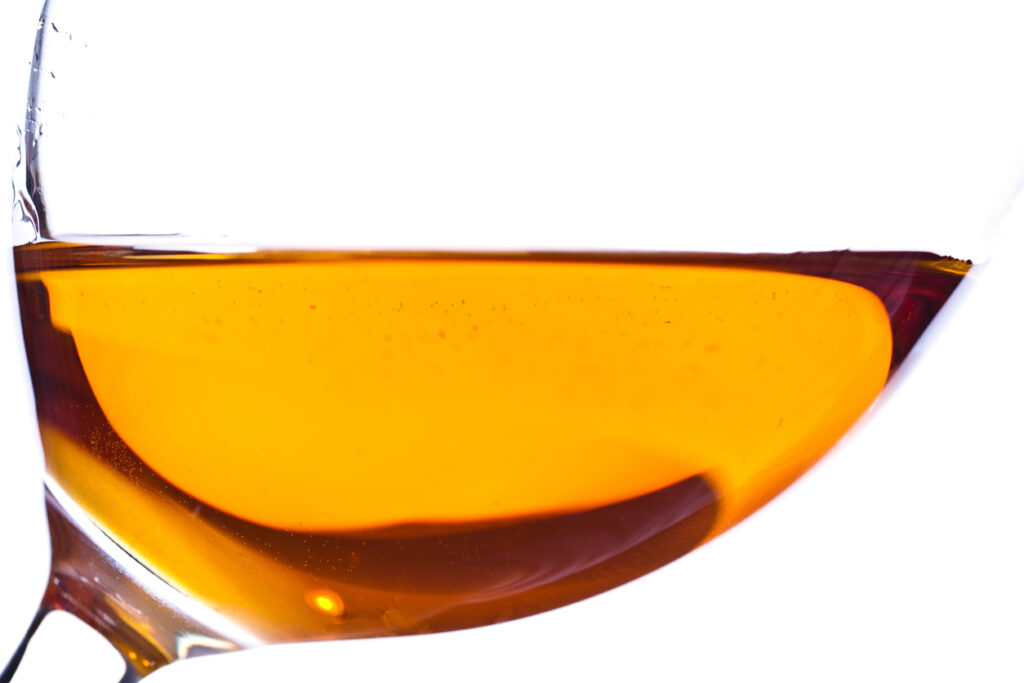
They play a significant role because Sémillon grapes provide the necessary sweetness and richness that make these dessert wines so desirable. When affected by noble rot, the grapes become dehydrated and shrivel up, causing their sugar levels to concentrate significantly. This results in a highly concentrated juice that produces a rich and complex wine with notes of honey, apricot, and vanilla.
Sauvignon Blanc
It adds a bright, zesty acidity to the otherwise syrupy sweet dessert wine. It also contributes aromas of citrus and tropical fruit that balance out the rich flavors of honey and caramelized sugar. Additionally, Sauvignon Blanc grapes can help to prevent botrytis cinerea (noble rot) from taking over the vineyard as it tends to prefer Sémillon grape clusters.
While traditionally not as prevalent in Sauternes blends in the sauternes wine region as Sémillon or Muscadelle, some winemakers have been experimenting with increasing the amount of Sauvignon Blanc in their wines.
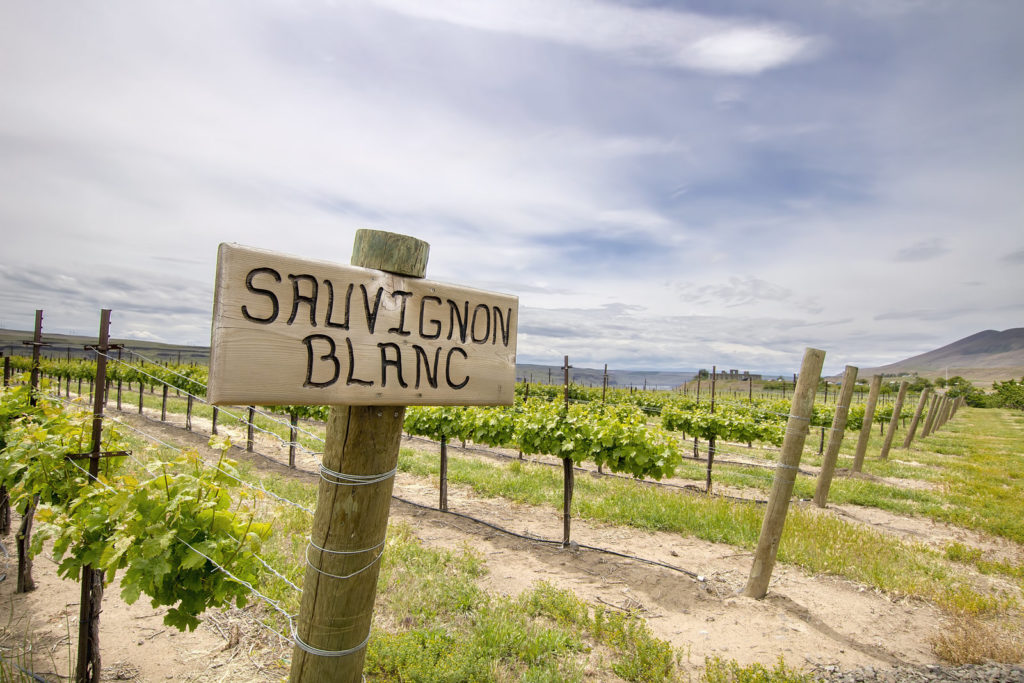
Sauvignon Blanc is used sweet wines mainly for its acidity and aroma, which help balance out the sweetness in Sauternes wines.
Role of Muscadelle
Muscadelle grapes are known for their intense aromas of flowers and tropical fruit, which contribute to the complexity of Sauternes wines. They also add a touch of spice and nuttiness to the wine. In some years, when conditions are favorable for Muscadelle growth, it can even represent up to 10% of the wine production the final blend.
Despite its small percentage in most blends, Muscadelle is still highly valued by winemakers for its ability to enhance the flavors and aromas of Sauternes wines.
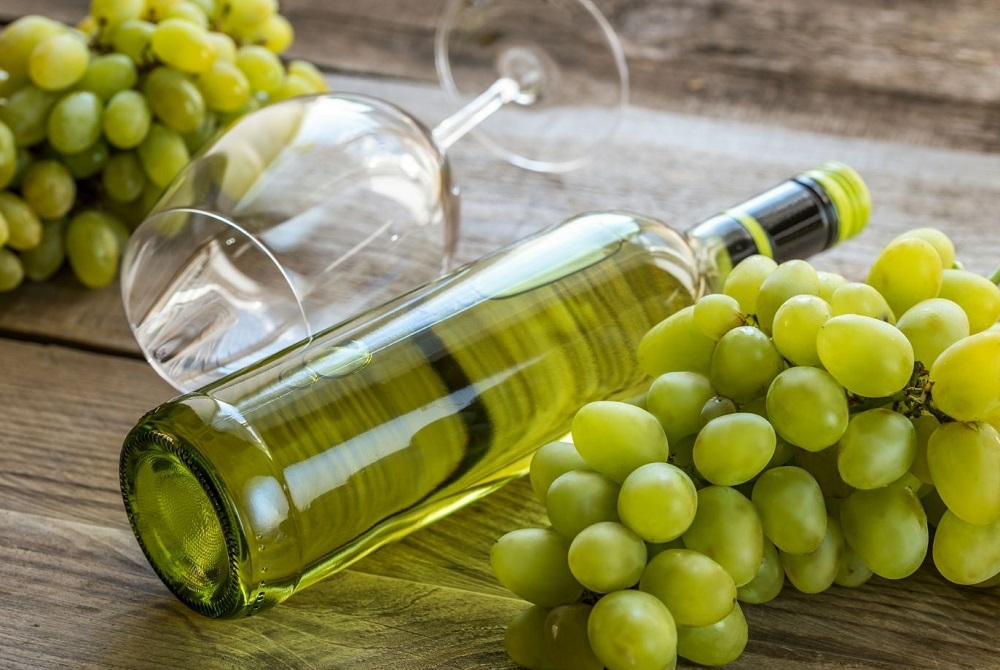
Sauternes AOC Appellation
The Sauternes appellation, located in the Bordeaux region of France, holds a special place in the world of dessert wines. The Sauternes region renowned for its luscious, golden-hued sweet wines made from botrytized Semillon, Sauvignon Blanc, and Muscadelle grapes, Sauternes offers the unique sauternes taste experience that combines richness and acidity in perfect balance. The microclimate in this area is ideal for the development of noble rot, resulting in concentrated flavors and an exquisite honeyed character.
What sets Sauternes apart is not just its decadent flavors but also its ability to age gracefully. These wines have a remarkable longevity that allows them to evolve into even more complex and nuanced creations over time. Additionally, the dedication of winemakers to traditional methods such as hand-harvesting and meticulous grape selection contributes to the exceptional quality of Sauternes wines. Ultimately, exploring the Sauternes appellation unveils a world of opulence and sophistication that continues to captivate wine enthusiasts around the globe.
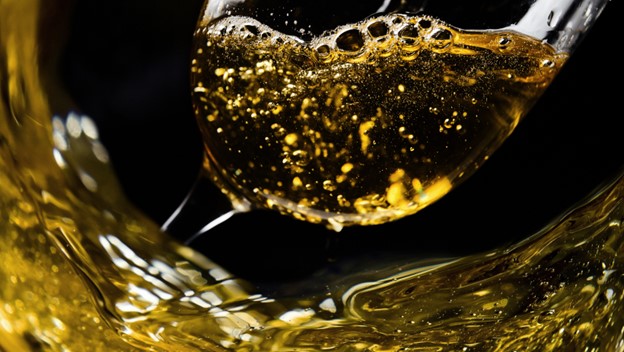
Barsac wine
A hidden gem within the Sauternes region, Barsac wines are making strides in the world of dessert wines. Known for its luscious sweetness and complex flavors, sauternes Barsac wine embodies the essence of dried apricots with a tantalizingly rich profile that captivates the palate. Unlike its more famous neighbors in Sauternes, this up-and-coming appellation offers a unique expression of botrytized grapes that sets it apart in a league of its own.
With its well-balanced acidity and opulent texture, sauternes Barsac wine presents itself as an intriguing alternative to traditional Sauternes. The distinct terroir of this region imparts a remarkable depth to its wines, creating an alluring marriage between fruit-forward sweetness, aroma of dried apricot and beguiling minerality. As Barsac continues to gain recognition on the international stage, enthusiasts are beginning to appreciate its individual charm that elevates dessert wine enjoyment to new heights.
Tasting Notes of Sauternes
Sauternes is a sweet white wine that has been produced in the Sauternais region of France since the 17th century. It is made from grapes that have been affected by Botrytis cinerea, a fungus commonly known as noble rot. It causes the grapes to shrivel and concentrate their sugars. The result is a wine that is lusciously sweet with complex flavors of honey, apricot, and citrus.
When tasting Sauternes, it’s important to take note of its color, aroma, and taste. The wine should be a deep golden color with aromas of honey, caramelized sugar, dried fruit and floral notes. On the palate, it should be rich and full-bodied with flavors of dried apricots, peaches and figs followed by an intense sweetness.

Foodpairing of Sauternes Wine
Sauternes wine is a dessert wine that originates from the Sauternais region of Bordeaux, France. It is known for its rich golden color and complex flavors that range from honey to apricot, making it the perfect complement to many desserts and sweet dishes. But what about more savory dishes and foods? Which food pairs well with this delectable wine?
Sauternes Food Pairing
One classic pairing for Sauternes is foie gras, a dish made from fattened duck or goose liver. The richness of the liver complements the sweetness of the wine. This creates a decadent and indulgent experience for your taste buds. Another great option is blue cheese such as Roquefort or Stilton which are both strong in flavor and creamy in texture. The saltiness of the cheese balances out the sweetness of the wine while also bringing out its subtle notes.
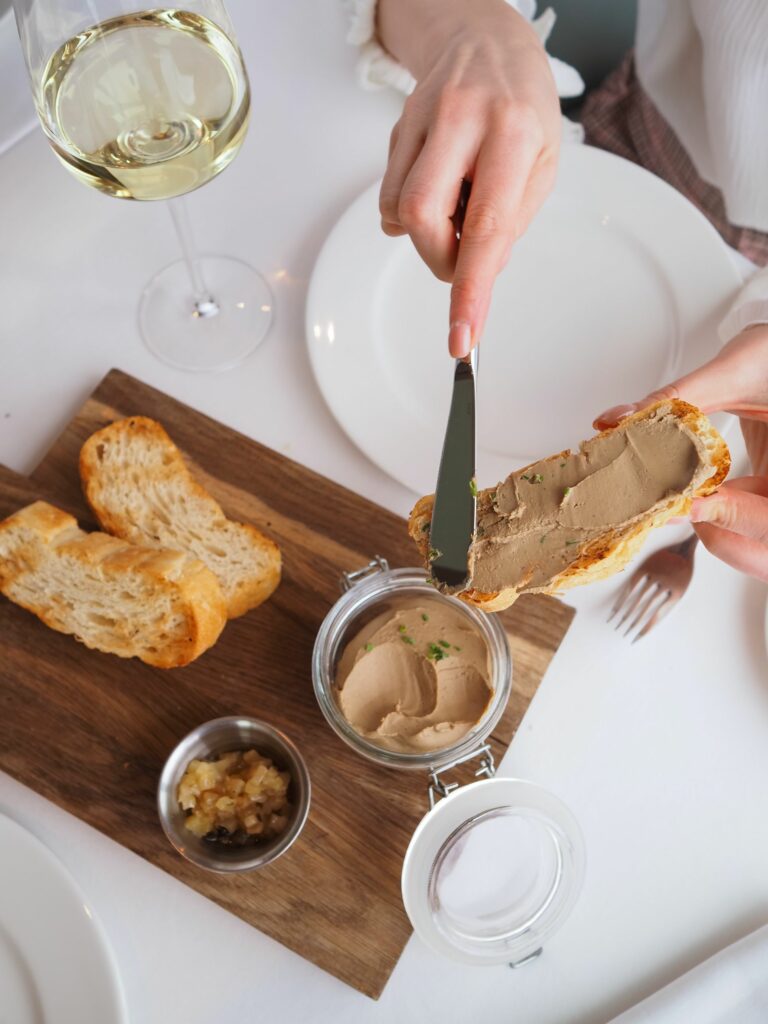
You can also drink it with crème brûlée or fruit tarts.

